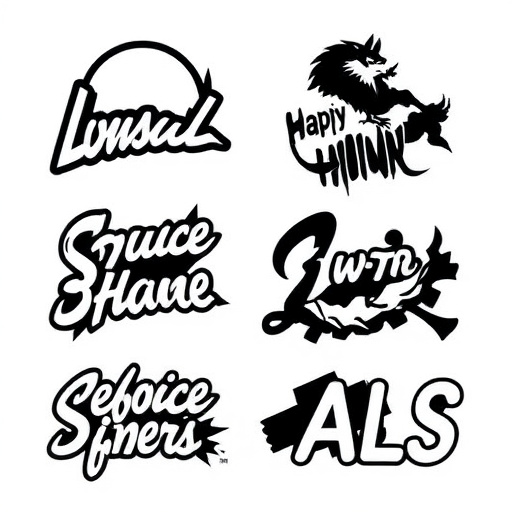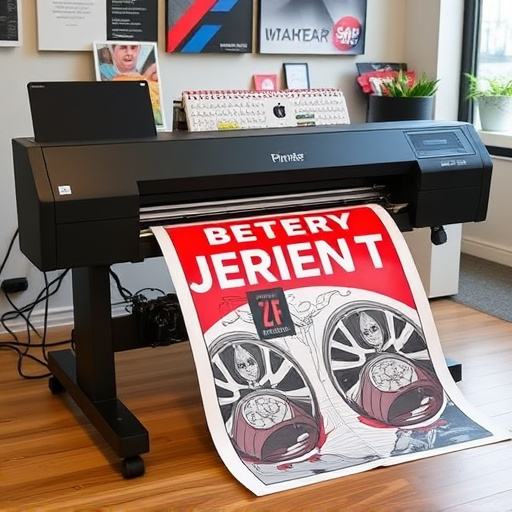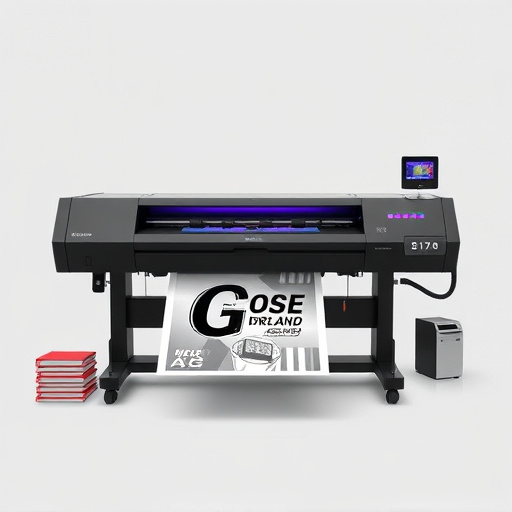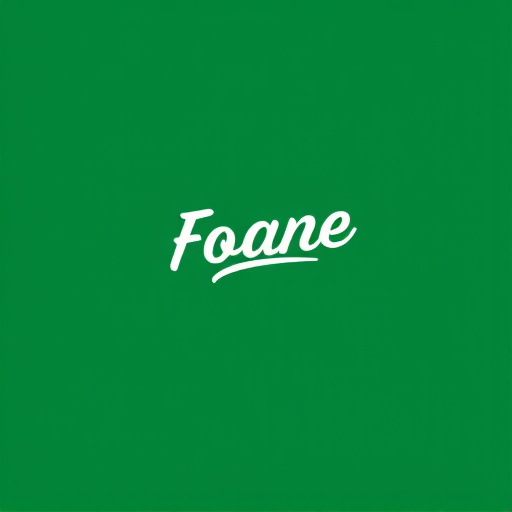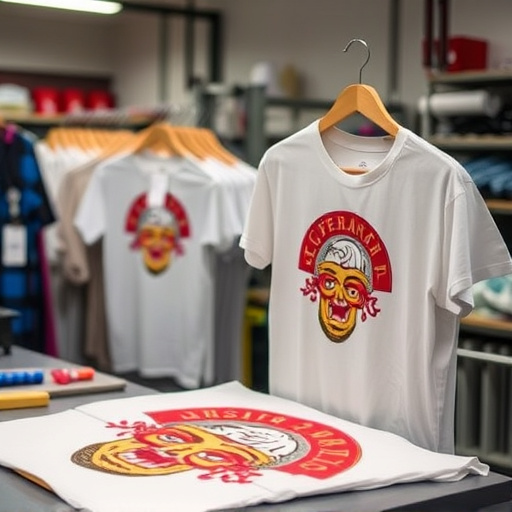In competitive DTF Future Trends market, understanding consumer behavior and leveraging Direct to Fabric (DTF) printing technologies are key for brand success. DTF enables swift design adaptation, personalization, and limited-edition garments, enhancing exclusivity and customer engagement. Brands must stay attuned to trends, adopt agile strategies, integrate technology, and understand consumer shifts to survive rapid disruption in the dynamic fashion industry.
In an era defined by rapid technological advancements, brands must embrace DTF (Decisive, Transformative, and Fast) future trends to stay relevant. This article explores how businesses can navigate the dynamic landscape by understanding shifting consumer behaviors through agile branding strategies. We delve into fostering innovation as a key driver for future-proofing your brand’s success in the face of constant change. By adopting these principles, companies can accelerate their growth trajectory and thrive in the years to come.
- Understanding DTF Trends: Unlocking Consumer Behavior
- Agile Branding Strategies for Rapid Adaptation
- Fostering Innovation: Future-Proofing Your Brand's Success
Understanding DTF Trends: Unlocking Consumer Behavior
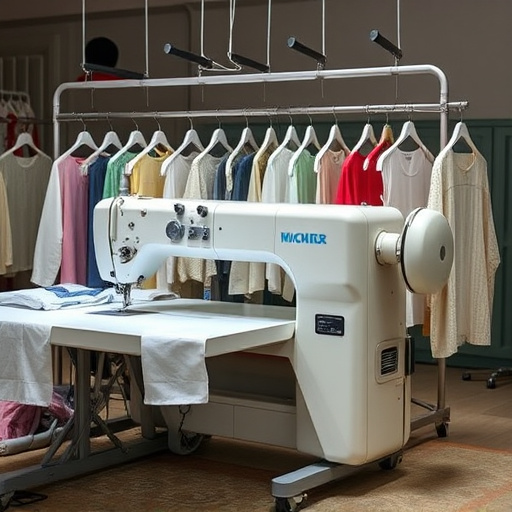
In the realm of DTF Future Trends, understanding consumer behavior is a game-changer for brands aiming to stay ahead in today’s dynamic market. DTF, or Direct to Fabric Transfer, printing technologies have revolutionized the way clothing brands create and deliver their designs, enabling them to swiftly adapt to evolving preferences. By unlocking the secrets behind consumer choices, brands can effectively harness DTF printing for t-shirts and other garments, ensuring their products resonate with target audiences.
This process involves recognizing shifts in consumer trends, such as a growing appetite for unique, personalized items that reflect individual style. With logos DFT for clothing brands becoming more sophisticated, brands have the opportunity to offer limited-edition pieces or customizable options, fostering a sense of exclusivity and engagement among customers. In summary, staying attuned to these changes allows brands to leverage DTF technologies, creating products that not only meet but exceed consumer expectations in the ever-changing fashion landscape.
Agile Branding Strategies for Rapid Adaptation
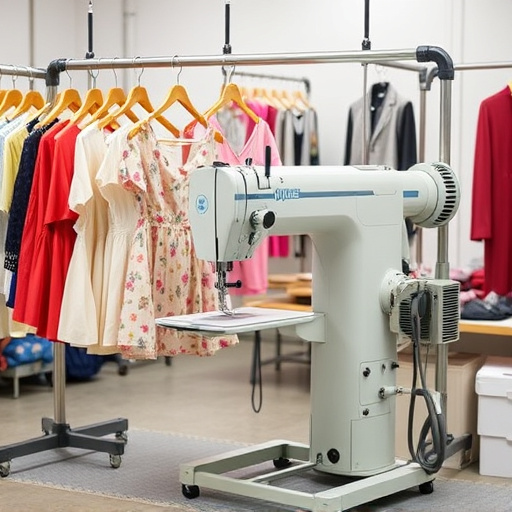
In the rapidly evolving DTF Future Trends, brands must embrace agile branding strategies to swiftly adapt to market changes and consumer preferences. The ability to pivot quickly is no longer a competitive advantage; it’s an imperative for survival in an era defined by rapid disruption. Brands that can seamlessly integrate new trends, technologies, and consumer behaviors into their core strategies will thrive.
This shift demands a flexible mindset where brands continuously monitor and anticipate trends like DTF printing for t-shirts, leveraging its versatility and efficiency in creating unique designs at scale. DTF prints, with their high-quality output and diverse material compatibility, offer a powerful tool for brands to stay relevant. Understanding the “dtf meaning” behind these innovations allows businesses to make informed decisions, ensuring they remain ahead of the curve and meet the demands of discerning consumers.
Fostering Innovation: Future-Proofing Your Brand's Success
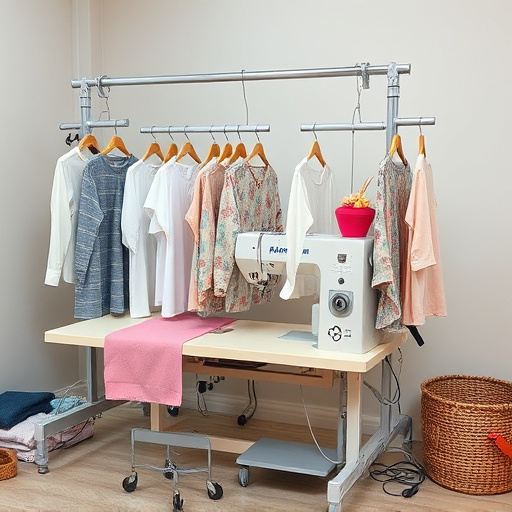
In today’s rapidly evolving market, brands must embrace innovation to future-proof their success in the DTF Future Trends. This involves staying ahead of consumer demands and adopting cutting-edge technologies that enhance product offerings. One such game-changing technology is Direct to Fabric (DTF) printing, which has revolutionized the way brands create and produce apparel. DTF printing for light fabrics and dark fabrics alike offers unparalleled versatility, allowing designers to explore unchartered creative territories.
By integrating DTF printing techniques, like its rapid speed and high-quality results in both t-shirts and other fabric types, brands can achieve efficient production while maintaining exceptional design integrity. This agility enables them to swiftly respond to market trends, consumer preferences, and even global shifts, ensuring their relevance and competitiveness in the ever-changing landscape of fashion and design.
As we peer into the future, it’s evident that brands must embrace agility and innovation to thrive in the rapidly evolving landscape of DTF Future Trends. By understanding shifting consumer behavior and implementing strategic branding adaptations, businesses can stay ahead of the curve. Fostering a culture of creativity and quick decision-making ensures brands are not just surviving but thriving in this dynamic environment, preparing them for sustained success amidst the upcoming changes.






